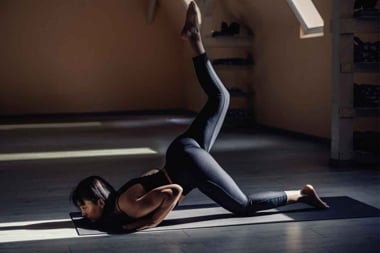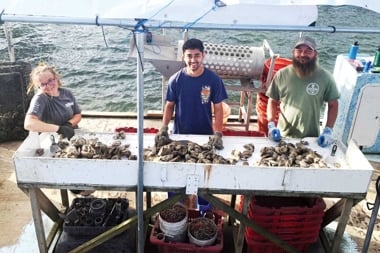Rabbits Don't Wear Mascara
In Napoleonic days when Josephine bathed in goatâ??s milk (a natural source of alpha-hydroxy acids), ingredient testing wasnâ??t necessary--many ingredients included in cosmetics had been tested over generations. But as the cosmetic industry grew, animal testing became the norm for both cosmetics and food products..
In Napoleonic days when Josephine bathed in goat’s milk (a natural source of alpha-hydroxy acids), ingredient testing wasn’t necessary–many ingredients included in cosmetics had been tested over generations. But as the cosmetic industry grew, animal testing became the norm for both cosmetics and food products.
In order to ensure that a new ingredient was safe and would not cause allergic reactions or worse, animals were used for tests instead of humans. Mascara would be brushed around the eyes of rabbits and skin lotions with varying pH levels rubbed into the shaved skin of mice. The fact that intelligent people would assume that a rat or rabbit would have the same reaction to a chemical as a human is almost unbelievable. A personal experience I encountered was with a young woman working on a packing line for a new mascara. She decided to try the product for herself. She almost lost her eye with an acute allergic reaction to a product that had passed the rabbit test.
In the 1960s, people became more aware of the suffering and horror stories caused by animal testing. It did not take too long before heated public protest permeated the board rooms of leading manufactures. Adding fuel to the fire were animal-tested drugs such as thalidomide. This drug was produced in Germany by a pharmaceutical company and declared safe. After a two-year trial and the horrible aftermath of thousands of deformed children, it was painfully obvious that results from animal testing could never be conclusive for humans.
The decision to drop animal testing by leading natural cosmetic companies does not come without financial consequences. The ingredients still have to be tested for safety. One alternative is to use human volunteers. (The sister of one leading manufacturer–a nun in a convent–offered to test his experimental skin lotions and hair products.) A second alternative testing method is in vitro. This simply means a test performed in a glass petri dish or test tube. Chemical solutions are developed which, when mixed with a product or ingredient, will indicate if irritation to human skin is possible. This is an area of great potential for the cosmetic industry.
We are fortunate in North America that public outcry has lead to the virtual elimination of animal testing, not only in the finished product but also in raw materials. Some companies proudly display a logo that assures the purchaser that no animal testing has been used to develop the product. In the natural cosmetic industry we are lucky to have an excellent selection of cosmetic companies that manufacture their products with a conscience. When choosing cosmetics check the bottle or packaging for information on how the product was tested. When it comes to cosmetics the old clich?at what price" comes to mind. Quality and ethics of the manufacturer should be part of your decision as to which product to choose.




